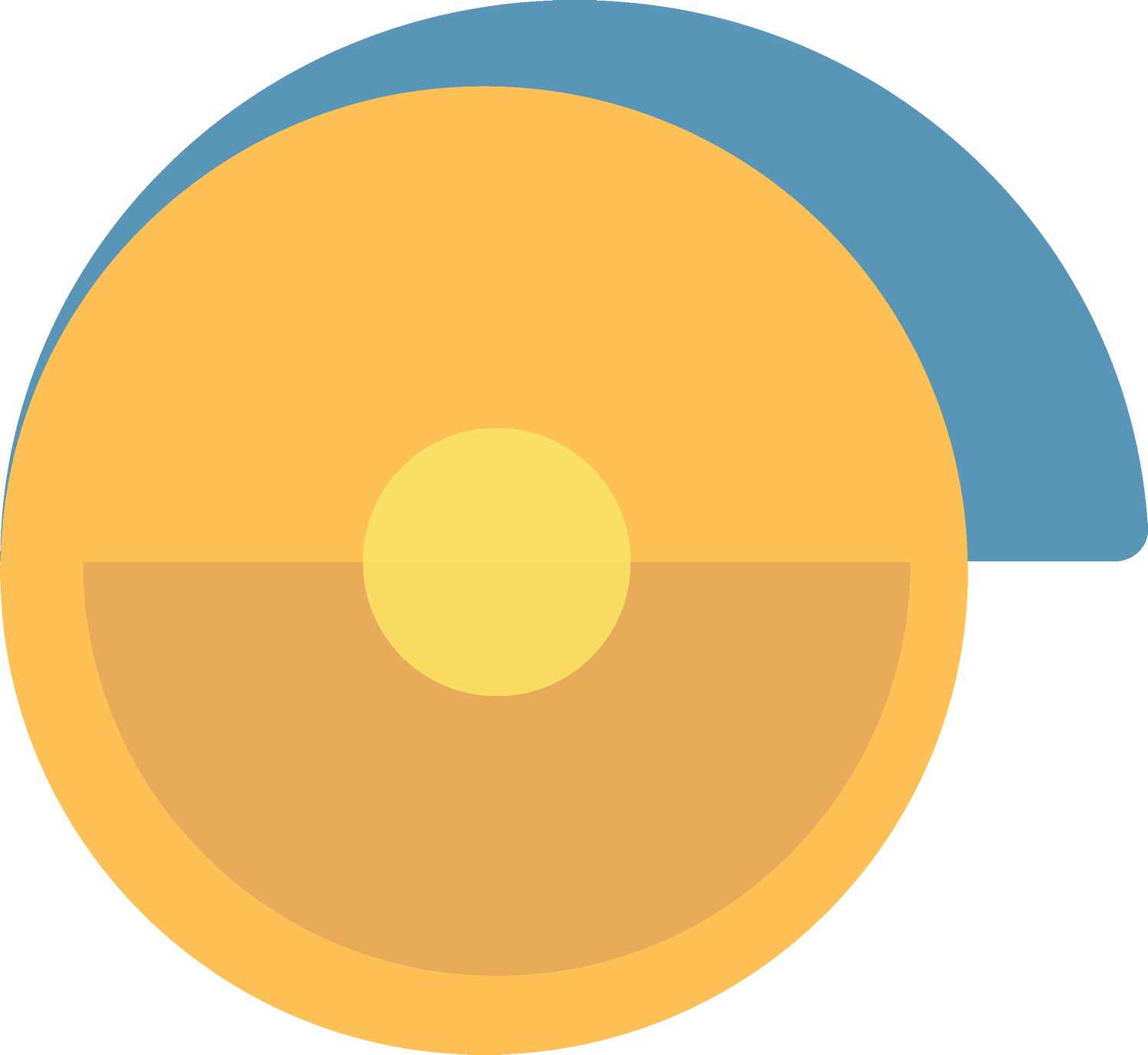When Can Children Start Using an Electric Toothbrush? A Dentist's Perspective
As a dentist focused on providing pediatric dental services, one of the most frequent questions I receive from parents is, "When can my child start using an electric toothbrush?" It’s a great question because parents are always looking for ways to improve their children’s oral hygiene habits. While electric toothbrushes can be highly effective in maintaining dental health, it's crucial to ensure they're used at the right age and with supervision.
The Right Age to Start
Children can typically begin using an electric toothbrush around the age of three. By this age, most children have developed enough motor skills to handle a toothbrush safely under supervision. However, it's essential to choose a toothbrush that is specifically designed for children. These brushes have smaller heads and softer bristles, making them suitable for young, sensitive mouths.
Key Considerations for Using an Electric Toothbrush
Manual Dexterity: Before transitioning to an electric toothbrush, assess your child’s ability to brush manually. They should demonstrate good brushing techniques with a manual toothbrush first. This ensures they understand the basics of oral hygiene and can apply them effectively with an electric brush.
Supervision: Young children should always be supervised when using an electric toothbrush. Parents should ensure the child is brushing all areas of the mouth and not using excessive force, which can damage gums and enamel.
Type of Electric Toothbrush: Choose a toothbrush designed for children. Look for features like a small brush head, soft bristles, and a comfortable handle. Some electric toothbrushes also come with fun designs and characters to make brushing more engaging for kids.
Benefits of Electric Toothbrushes for Children
Efficiency: Electric toothbrushes can be more effective at removing plaque compared to manual toothbrushes. The rotating or oscillating heads can reach areas that are often missed by young brushers.
Improved Technique: Electric toothbrushes can help children who struggle with manual brushing techniques. The consistent motion of the brush head can compensate for any inconsistencies in their brushing patterns.
Tips for a Smooth Transition
Demonstrate: Show your child how to use the electric toothbrush properly. Brush your teeth together to set a good example.
Gradual Introduction: Start by using the electric toothbrush once a day and gradually increase the frequency as your child becomes more comfortable.
Positive Reinforcement: Praise your child for using the electric toothbrush correctly. Positive reinforcement can encourage good brushing habits.
Regular Check-ups: Continue regular dental check-ups to monitor your child’s oral health and receive professional advice on brushing techniques and tools.
Conclusion
Introducing an electric toothbrush to your child's oral care routine can be a game-changer for their dental health. By starting around the age of three, choosing the right brush, and providing proper supervision, you can ensure your child develops strong, healthy teeth and good oral hygiene habits that will last a lifetime.
Happy brushing!
Kids Dental Spot is a dental office focused providing services to pediatric patients in Anaheim, California serving kids, children, infants and adolescents in the heart of Orange County serving nearby neighborhoods, such as: Fullerton, Brea, Garden Grove, Santa Ana, Buena Park, Placentia, and Orange.
Written and Medically Reviewed by Dr. Atiya Bahmanyar, DDS (Board Certified - Doctorate of Dental Surgery)


